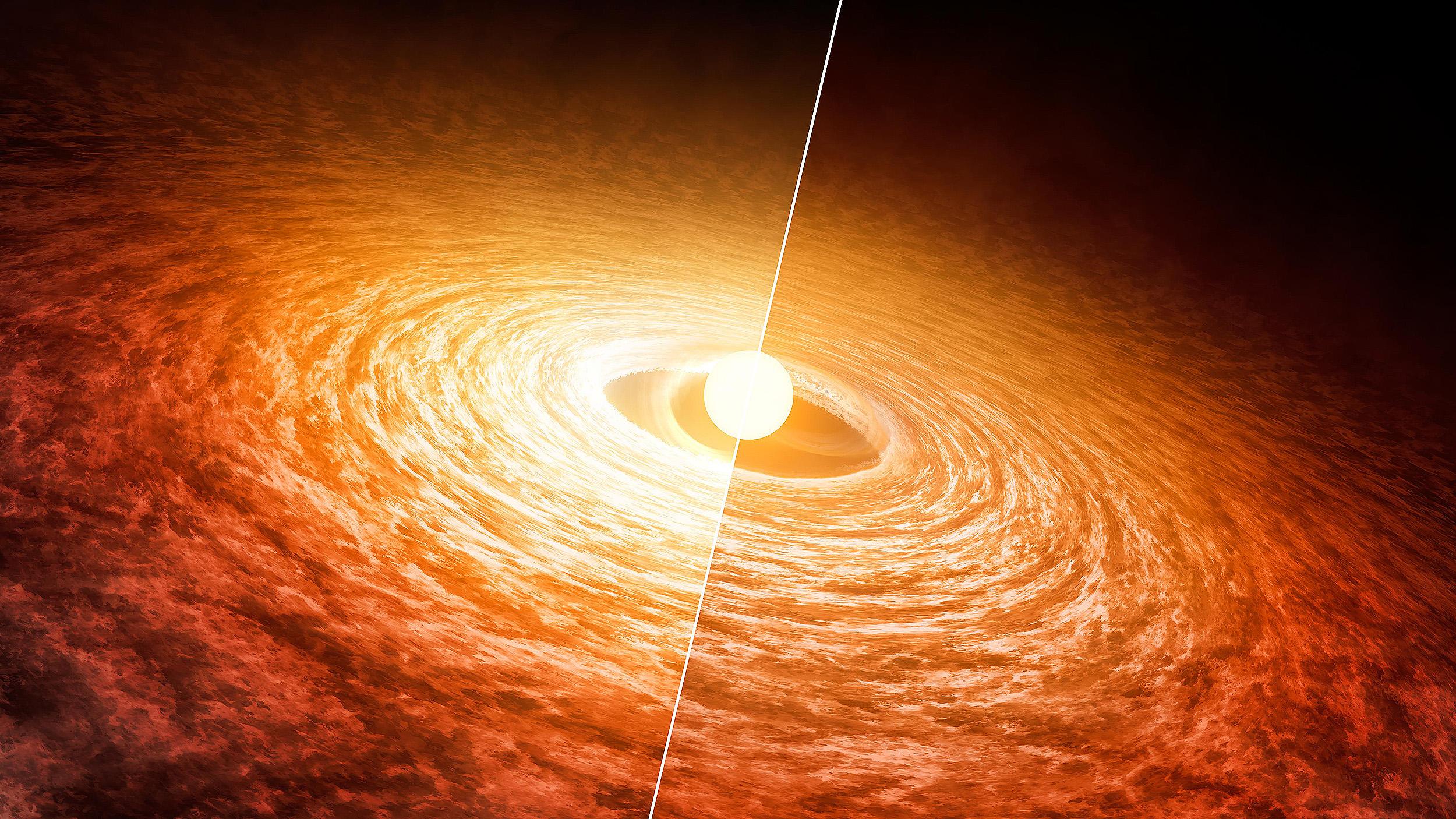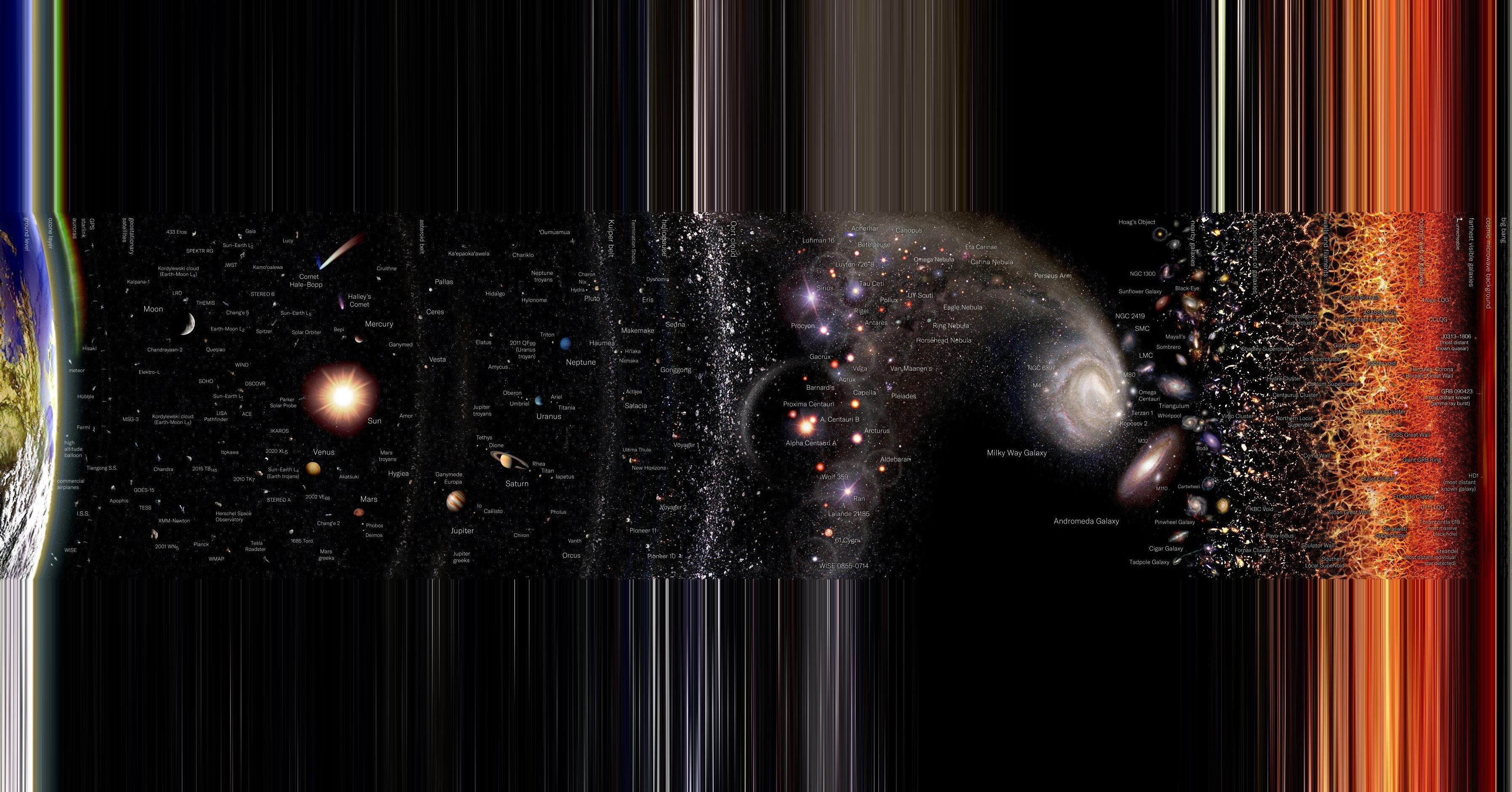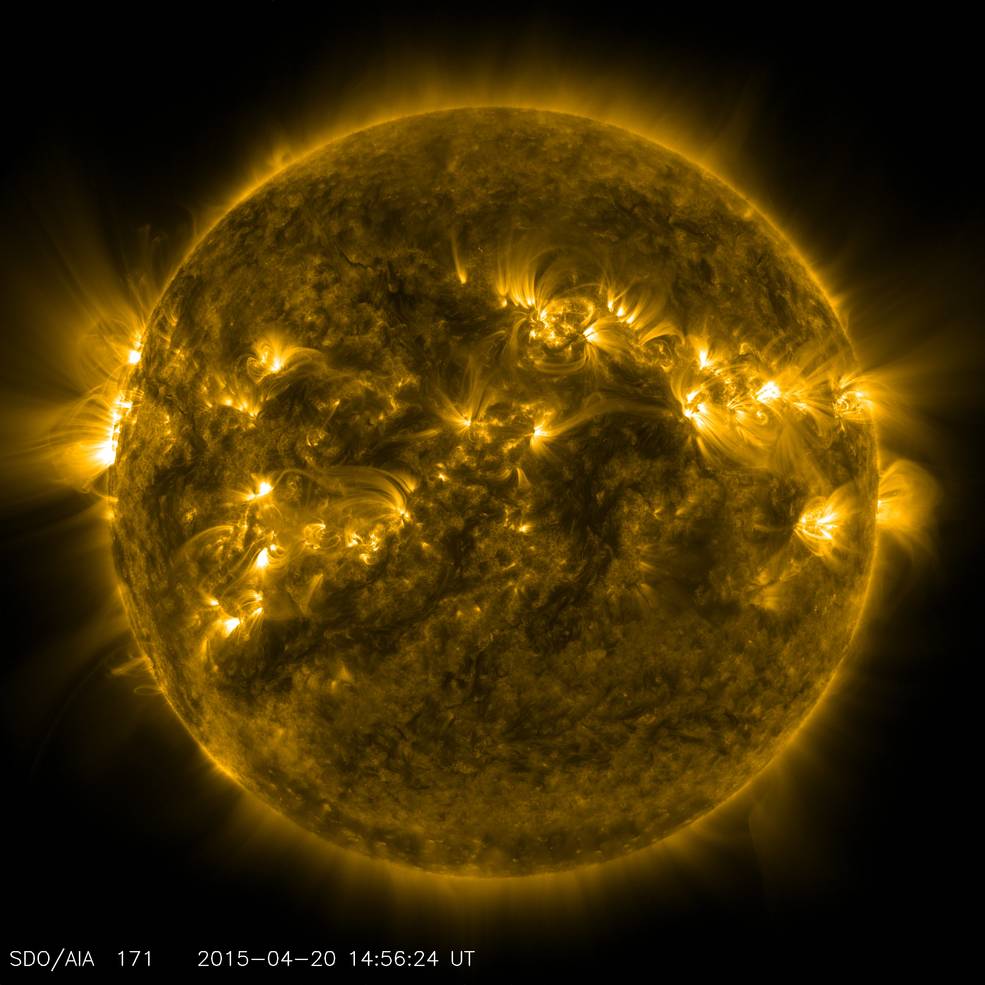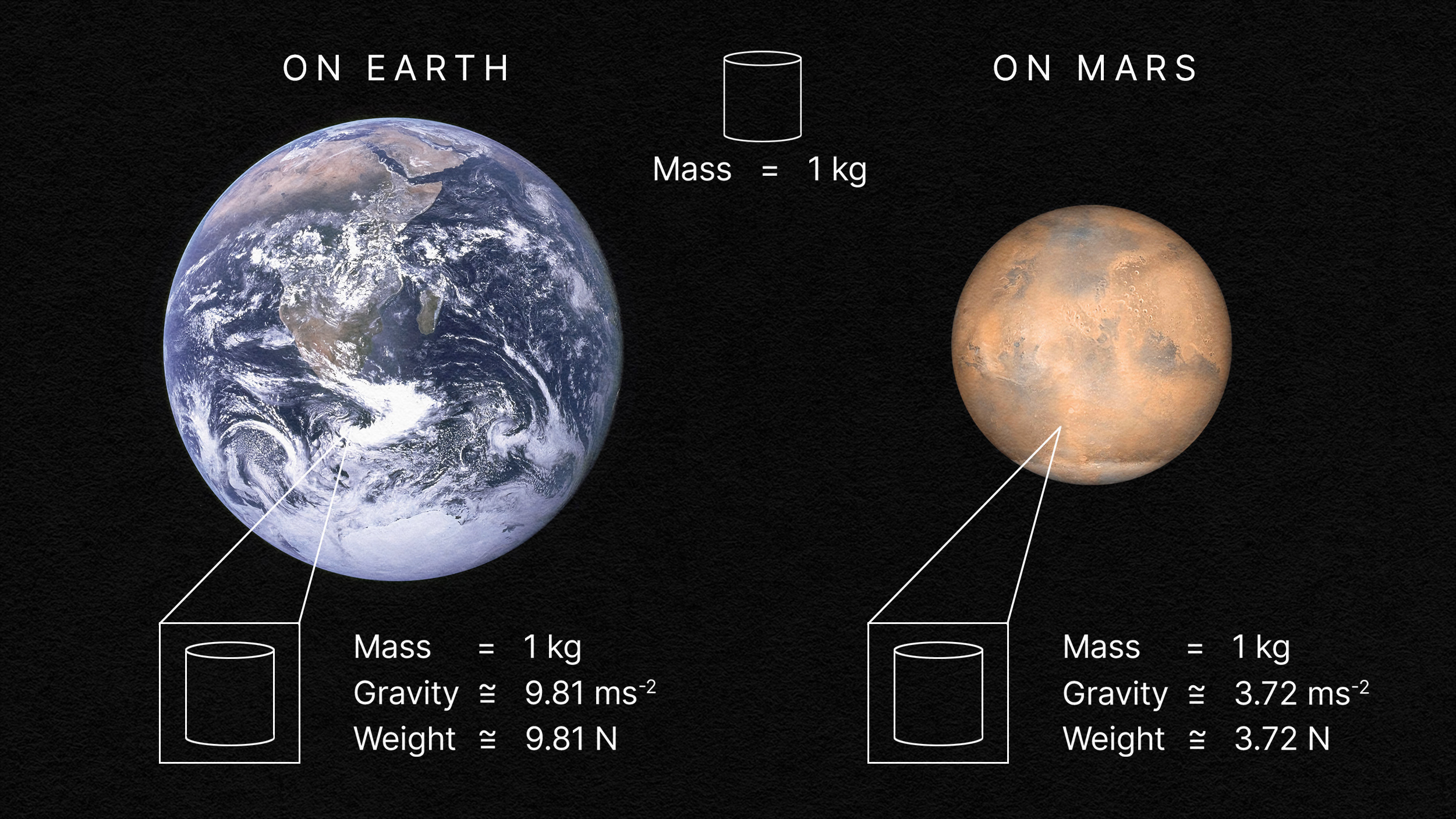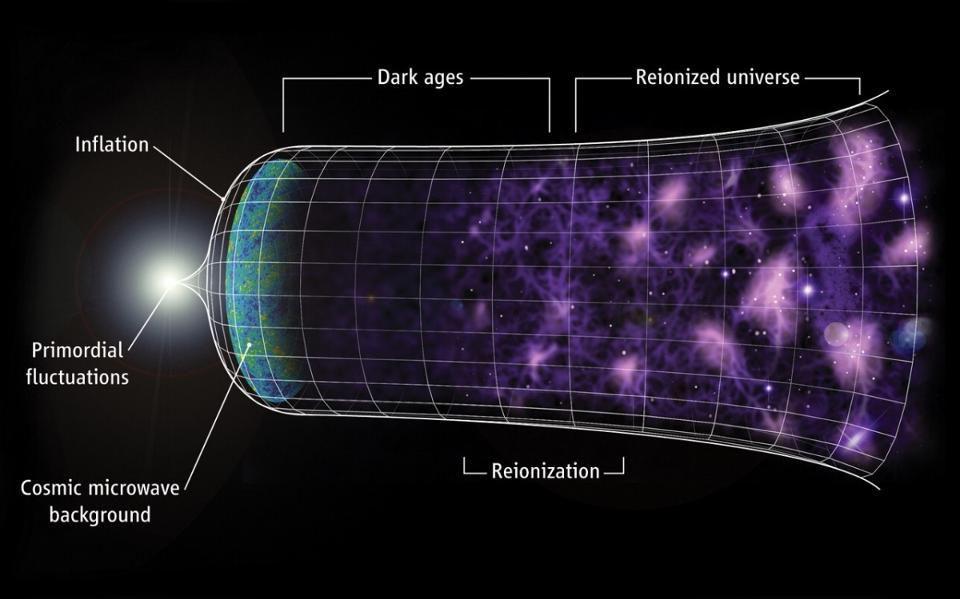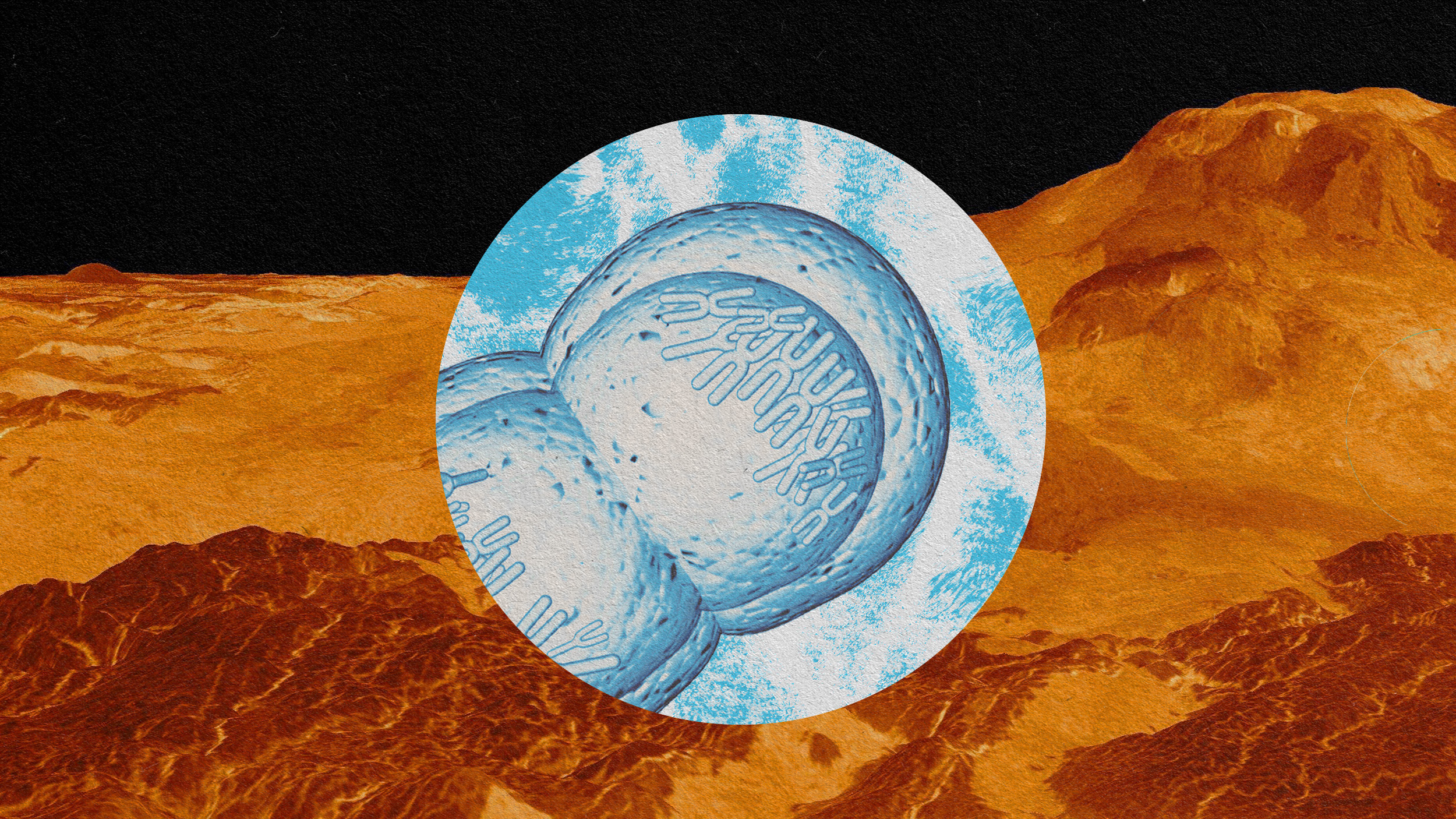The evolution of quantum technology is far from over.
Search Results
You searched for: sun
Dinosaurs and other beasts were once thought to be the “undisputed masters” of Venus.
Dive into China’s profound intellectual legacy through five seminal texts that have shaped millennia of thought.
Like humans, stars die. The James Webb Space Telescope’s early images already give us a lot of information about how this happens.
Newborn stars are surrounded only by a featureless disk. Debris disks persist for hundreds of millions of years. So when do planets form?
As we look to larger cosmic scales, we get a broader view of the expansive cosmic forest, eventually revealing the grandest views of all.
Narnia and early Middle-earth were pancake-esque — but their creators took differing views on de-globalization.
With such a vast Universe and raw ingredients that seem to be everywhere, could it really be possible that humanity is truly alone?
“Superhabitable” planets might be real, but Earth is probably as good as it gets.
In Sun-like stars, hydrogen gets fused into helium. In the Big Bang, hydrogen fusion also makes helium. But they aren’t close to the same.
Most fundamental constants could be a little larger or smaller, and our Universe would still be similar. But not the mass of the electron.
Here on Earth, we commonly use terms like weight (in pounds) and mass (in kilograms) as though they’re interchangeable. They’re not.
In 1920, astronomers debated the nature of the Universe. The results were meaningless until years later, when the key evidence arrived.
The Universe isn’t just expansion, but the expansion itself is accelerating. So why can’t we feel it in any measurable way?
The new electrically conductive substrate could be the future of hydroponic farming.
The familiar terrain of solids, liquids, and gases gives way to the exotic realms of plasmas and degenerate matter.
“I was stunned. Here in front of me was the original apparatus through which a new vision of the world was slowly and painfully brought to light.”
It rotates on its axis, revolves around the Sun, moves throughout the Milky Way, and gets carried by our galaxy all throughout space.
Exoplanet LP 791-18d is likely to have an atmosphere and liquid water.
When people pick the greatest scientist of all-time, Newton and Einstein always come up. Perhaps they should name Johannes Kepler, instead.
Science and philosophy seem to be separate fields, but philosophical advancements have made the world more accepting of debate and unorthodox ideas.
Really simple interventions can greatly reduce indoor temperatures during the summer, particularly in places like the Pacific Northwest.
Even though the leftover glow from the Big Bang creates a bath of radiation at only 2.725 K, some places in the Universe get even colder.
In the early stages of the hot Big Bang, matter and antimatter were (almost) balanced. After a brief while, matter won out. Here’s how.
JWST’s revolutionary views arrive in high-resolution at infrared wavelengths. Without NASA’s Spitzer first, it wouldn’t have been possible.
Though a single measurement is not enough to definitively decide the debate, this is a major win for dark matter proponents.
Valles Marineris is the Solar System’s grandest canyon, many times longer, wider, and deeper than the Grand Canyon. What scarred Mars so?
The answer to this question is key to understanding why anything exists.
Scientists are searching for dark matter particles that are trillions or even quadrillion times lighter than the more traditional searches.
“I watched closely for the sun or stars to appear, to correct my chronometer, on the accuracy of which our lives and the success of the journey would depend.”




